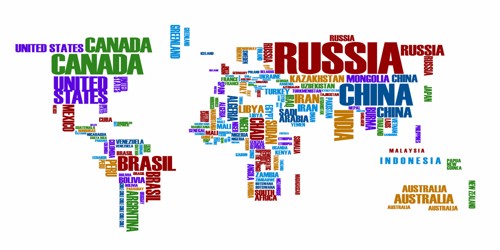Common and Popular Free Trade Agreements
Many other countries are negotiating or implementing free trade agreement or a bilateral or multilateral basis. For example, Mexico, Venezuela, and Colombia hammered out a trilateral agreement that called for relaxing trade barriers against each other goods. Some other free trade agreements are.
- The Caribbean Basin Initiative
In 1983 the United States established the Caribbean Basin initiative to facilitate the economic development of the countries of Central America and the Caribbean Sea. The Caribbean Basin Initiative (CBI) laps two regional free trade areas of the Central American common market and the Caribbean community and common market.
- The Mercosur Accord
In 1991, the government of Argentina, Brazil, Paraguay and Uruguay signed the Mercosur Accord, an agreement to create a customs union among them. They agreed to establish common external tariffs and customer, over four years on their internal tariff. On goods that account for 85 percent of intra Mercosur trade. Full implementation of the custom union began in 1995.
- Andean pact
The Andean pact is a 1969 agreement to promote ate trade among five Small South American countries to Bolivia, Chile, Colombia, Ecuador and Peru like make them more competitive with the continent’s of larger countries. Venezuela joined the pact in 1973 but Chili dropped out in 1976. During the first 20 years the agreement was not very successful, trade among members was only 5 percent of their total trade.
- The Australia-New Zealand Agreement
For most of their histories, Australia and New Zealand have been trade rivals because they are both commodities producers. As members of the British Commonwealth, both enjoyed preferential access to the U.K market after the United Kingdom joined the EU however, both countries lost their privileged status in the British market. This change was particularly damaging to their agricultural Sectors.
These are the common and popular trade agreement in the world to reduce the trade barriers.















